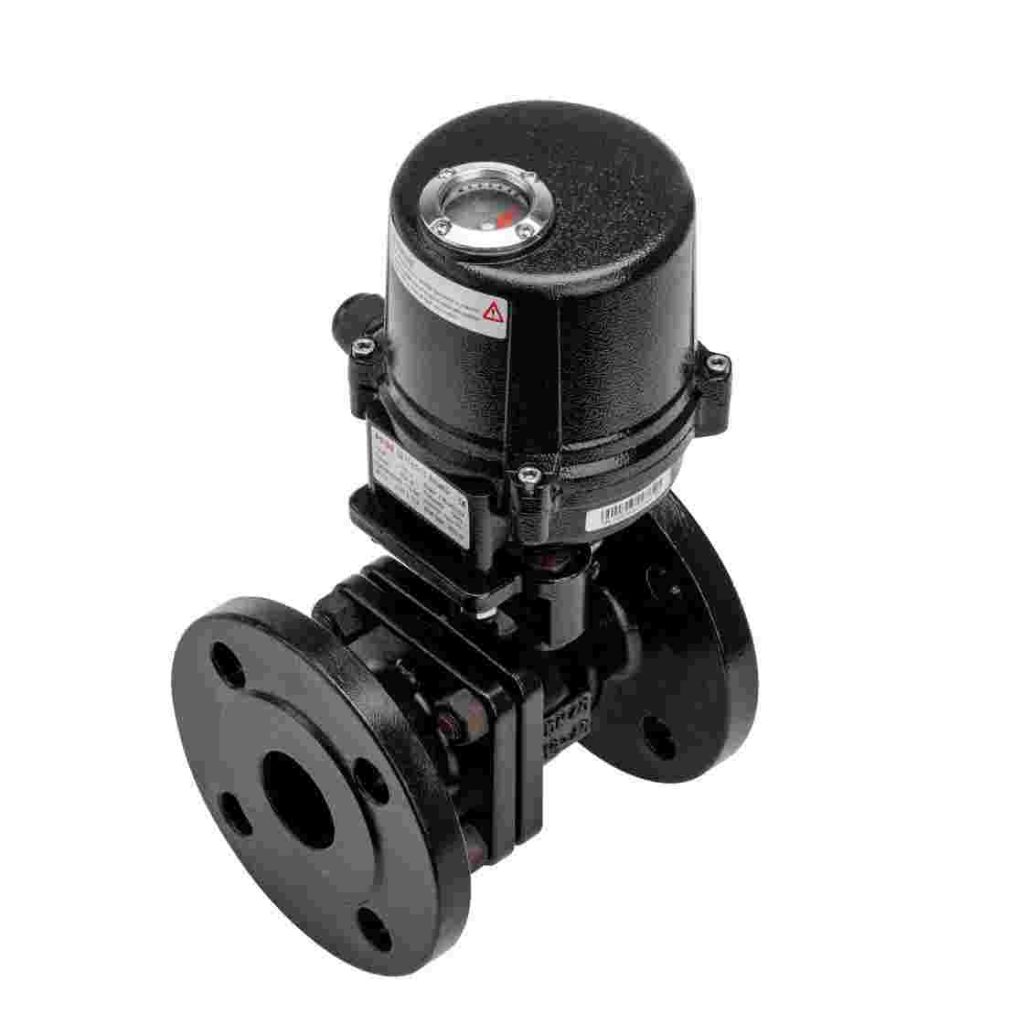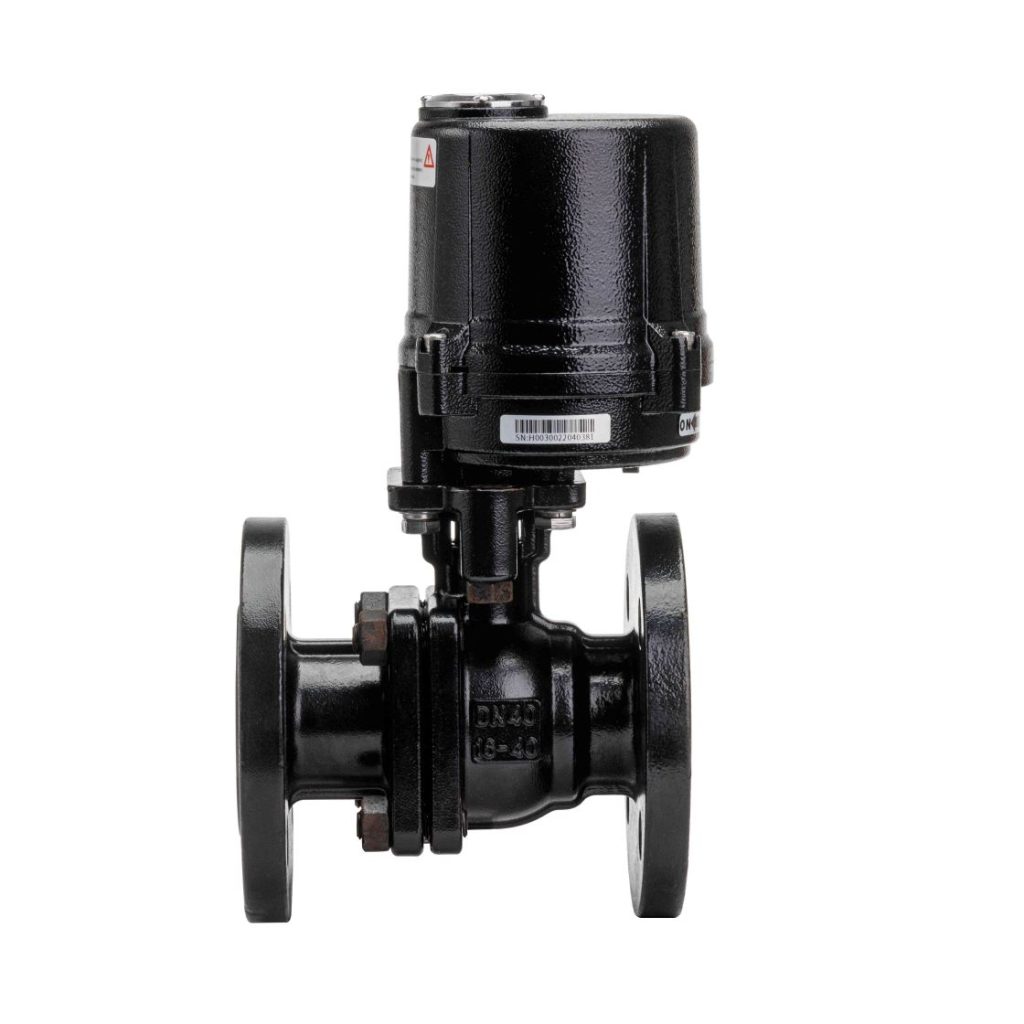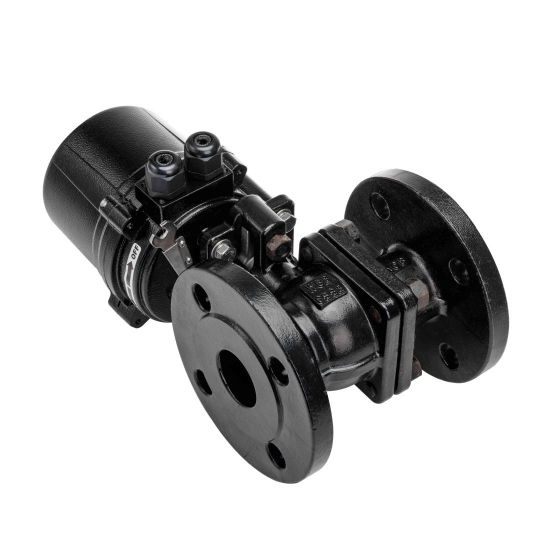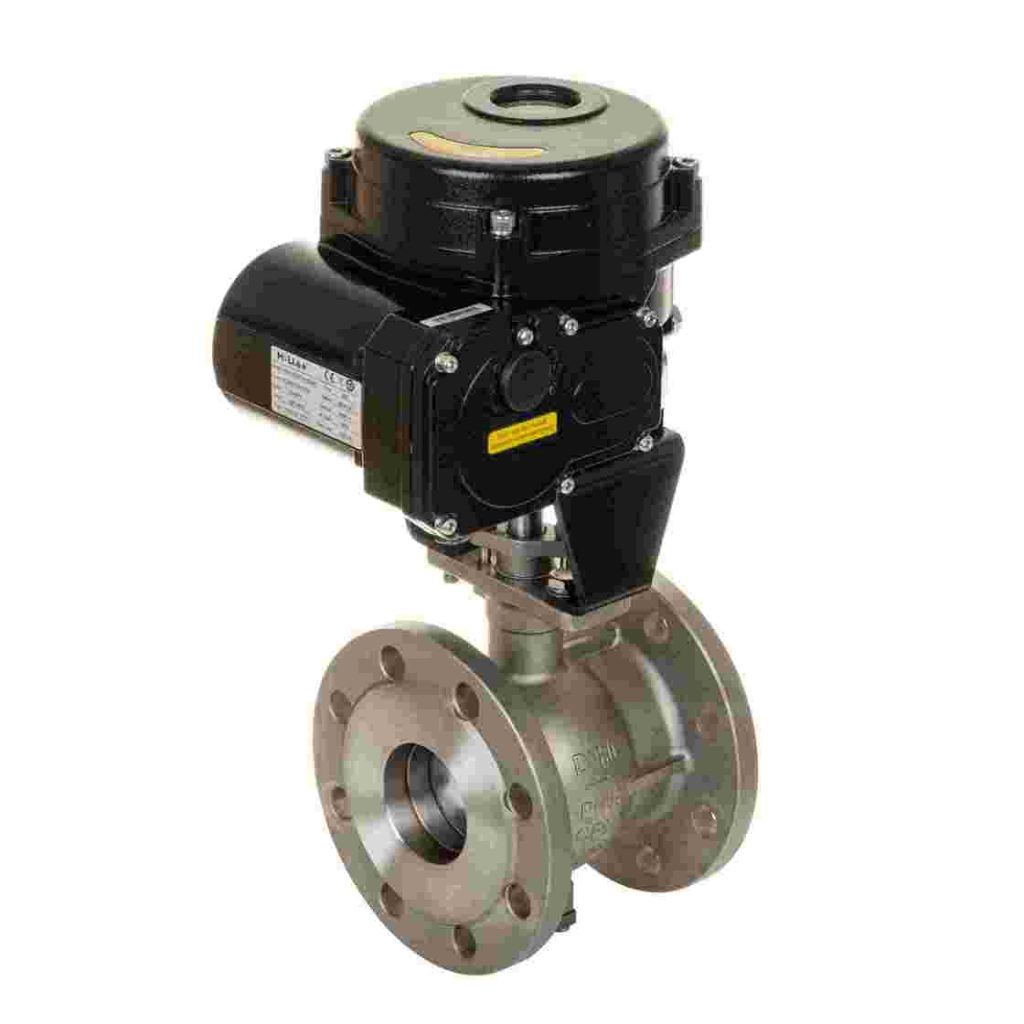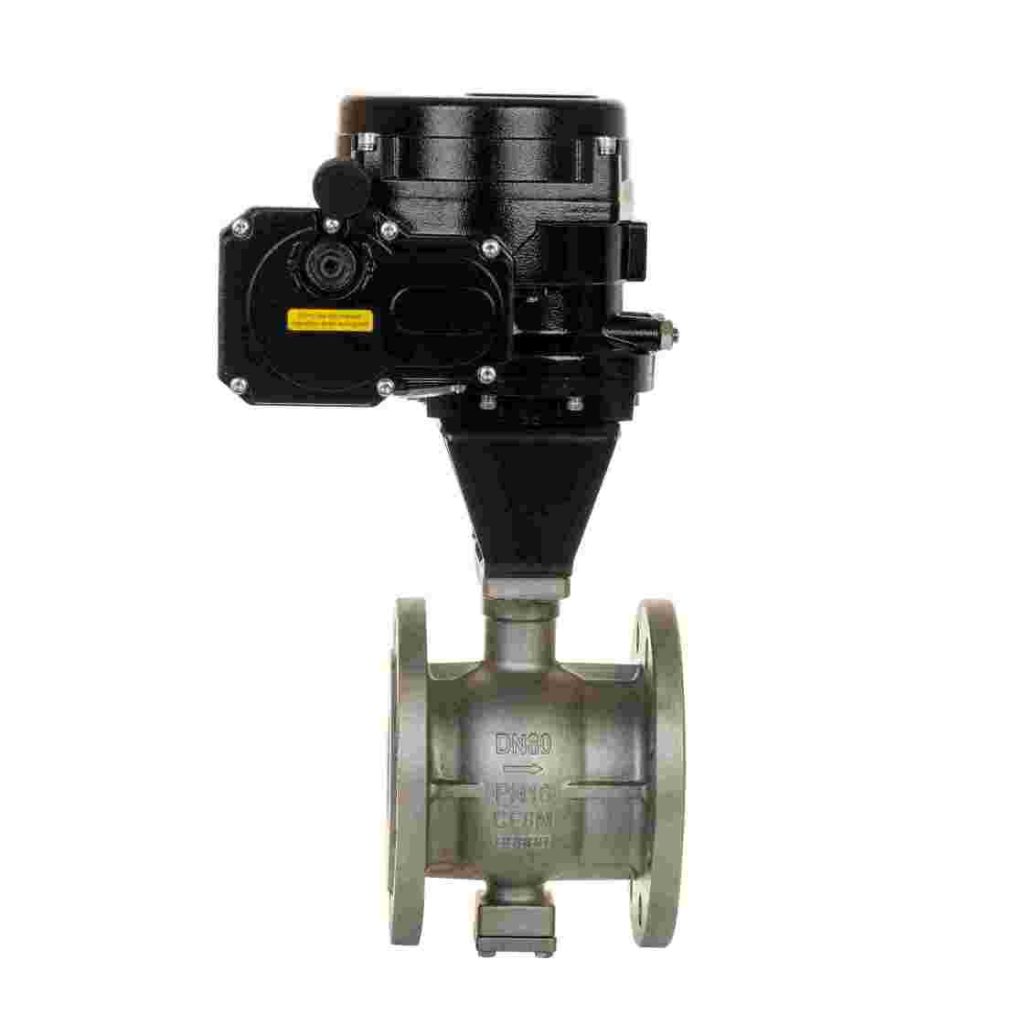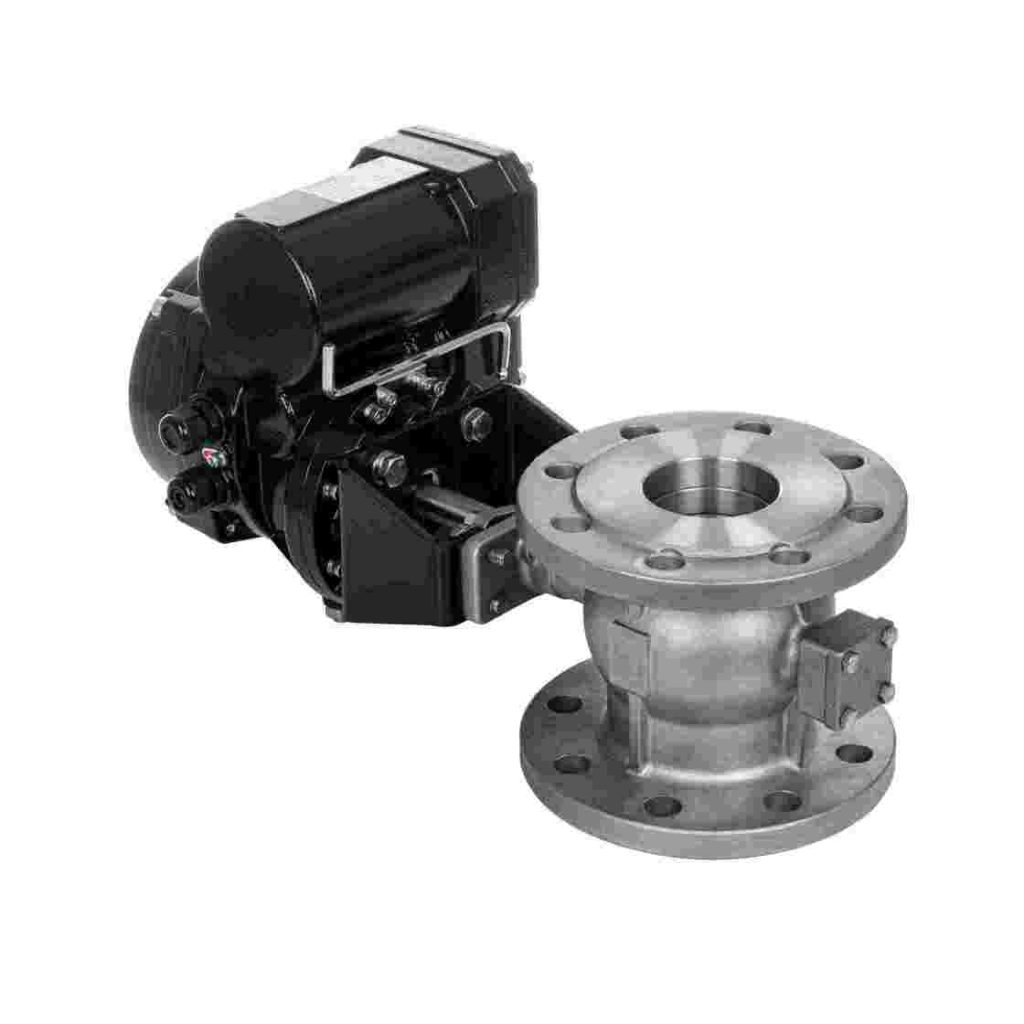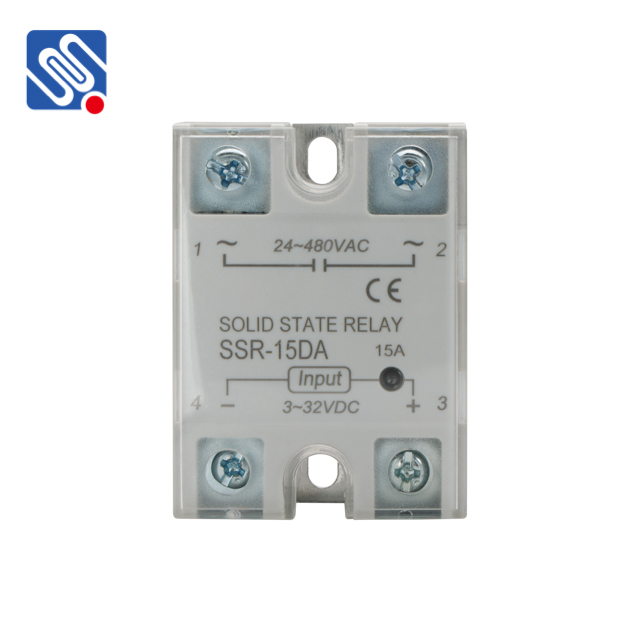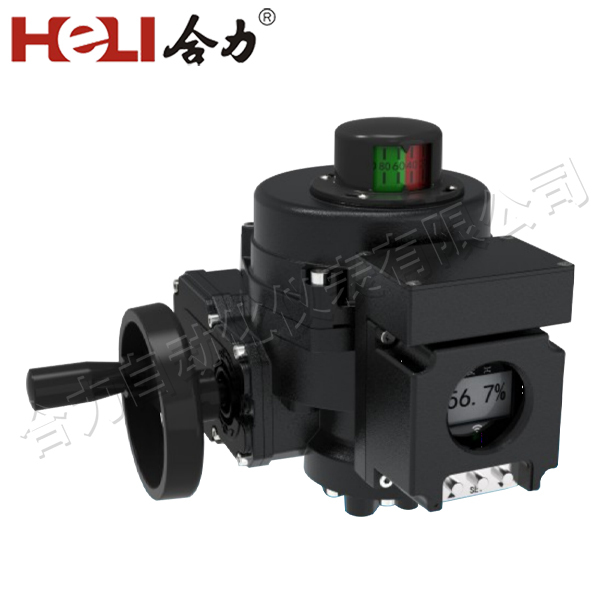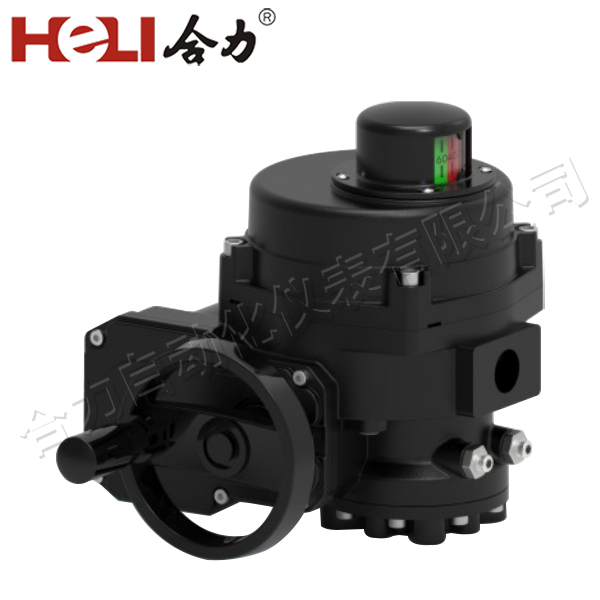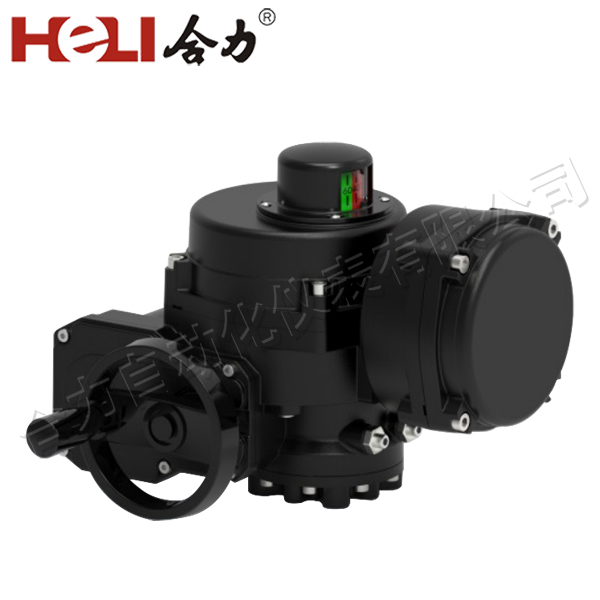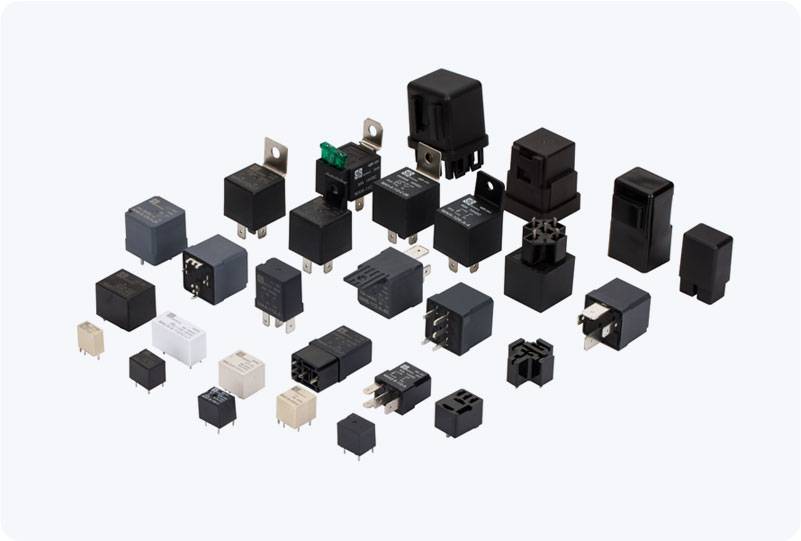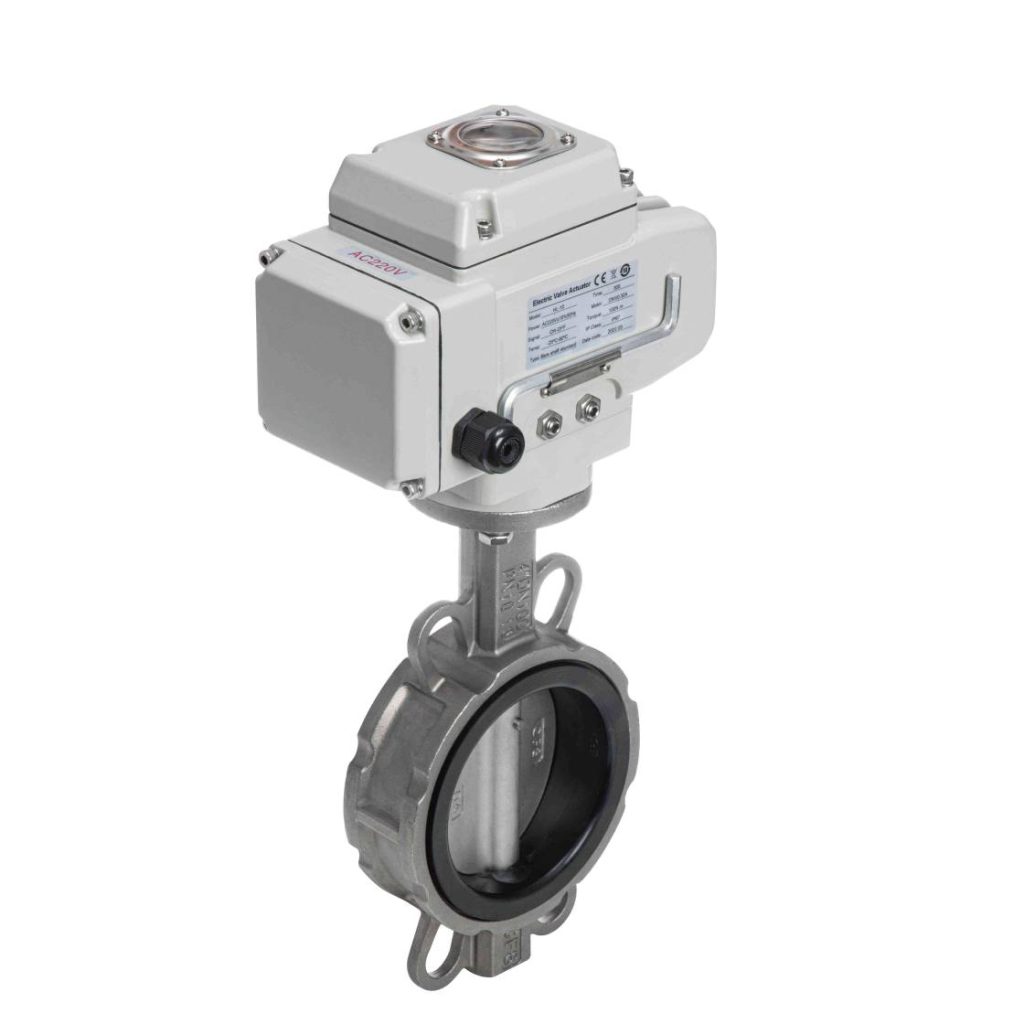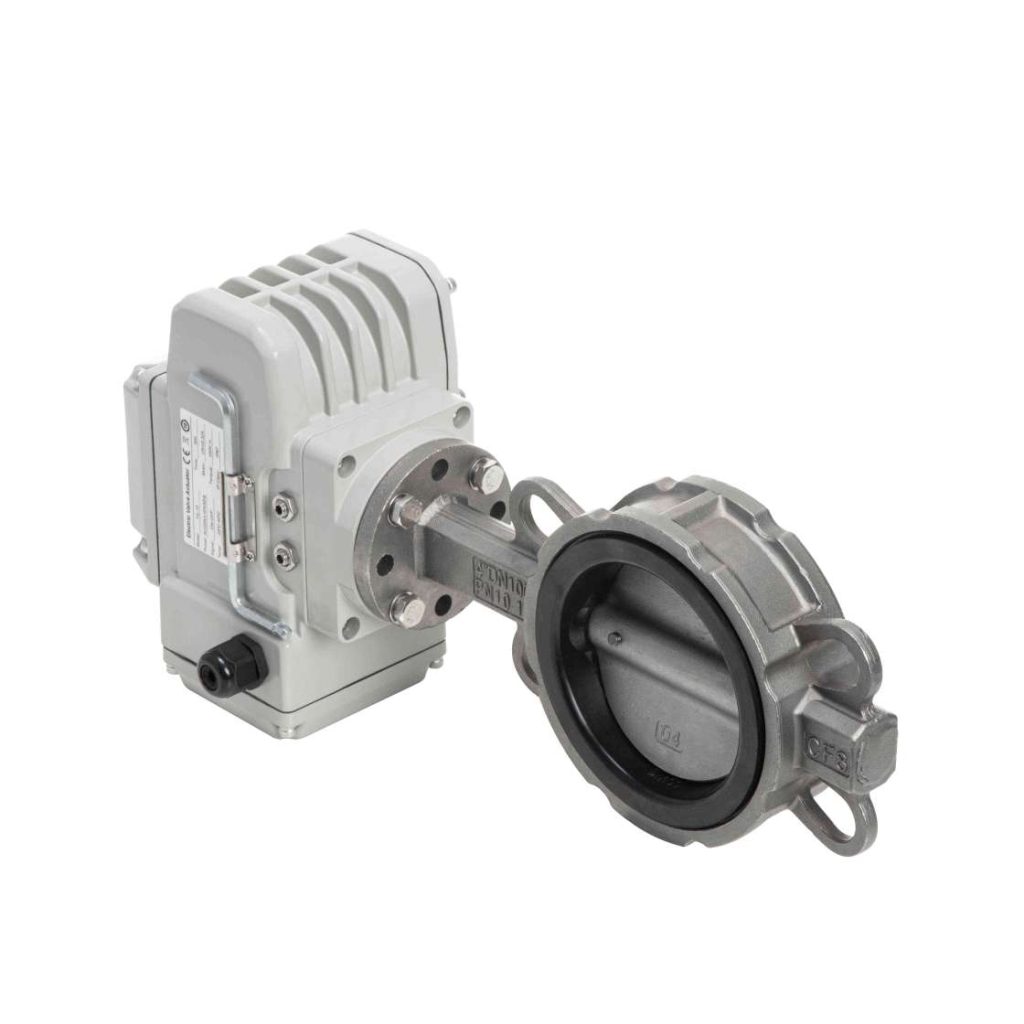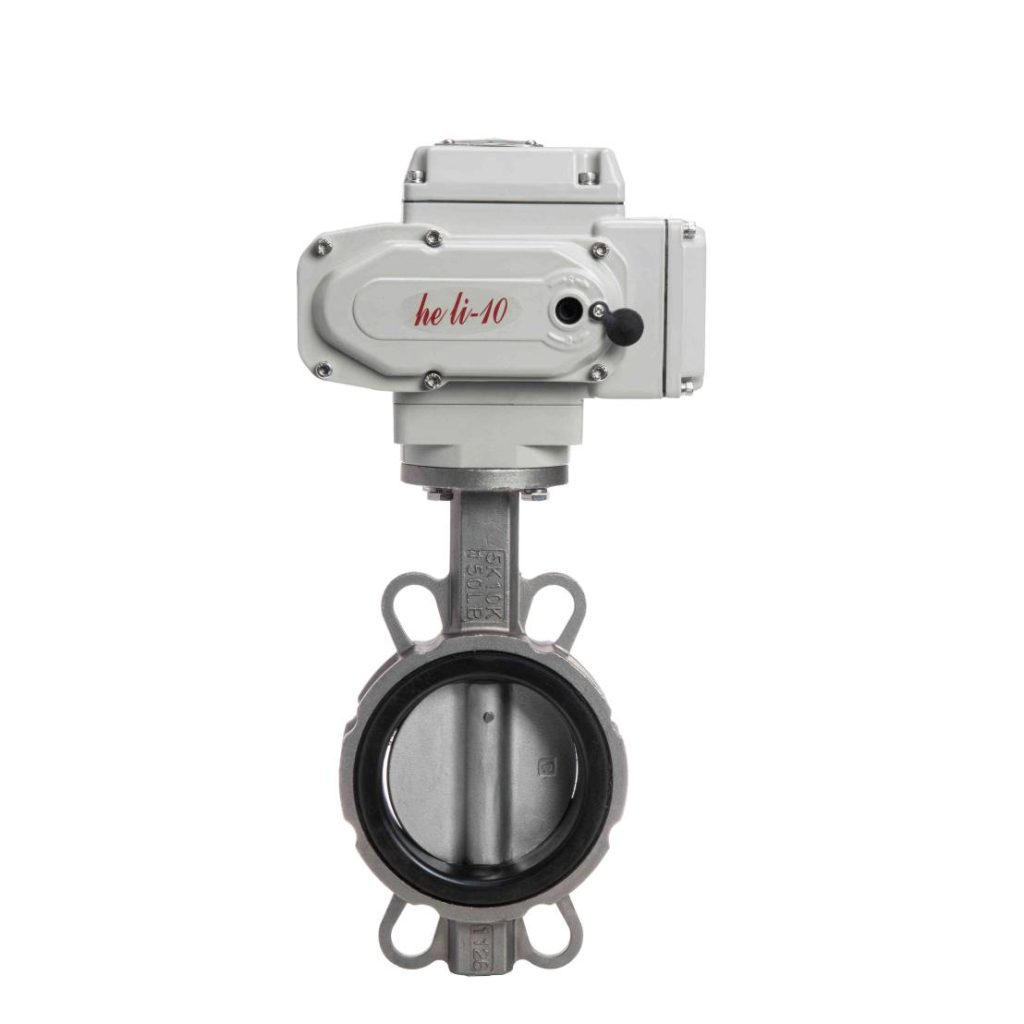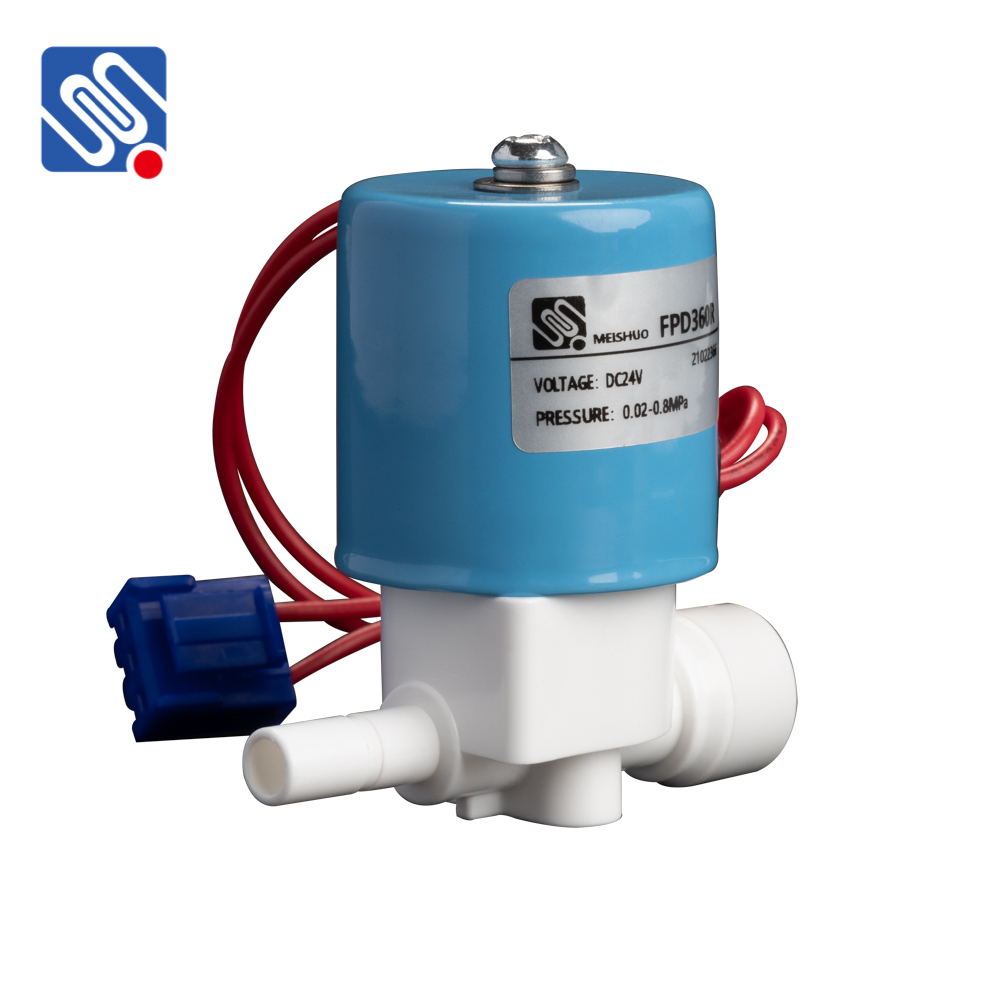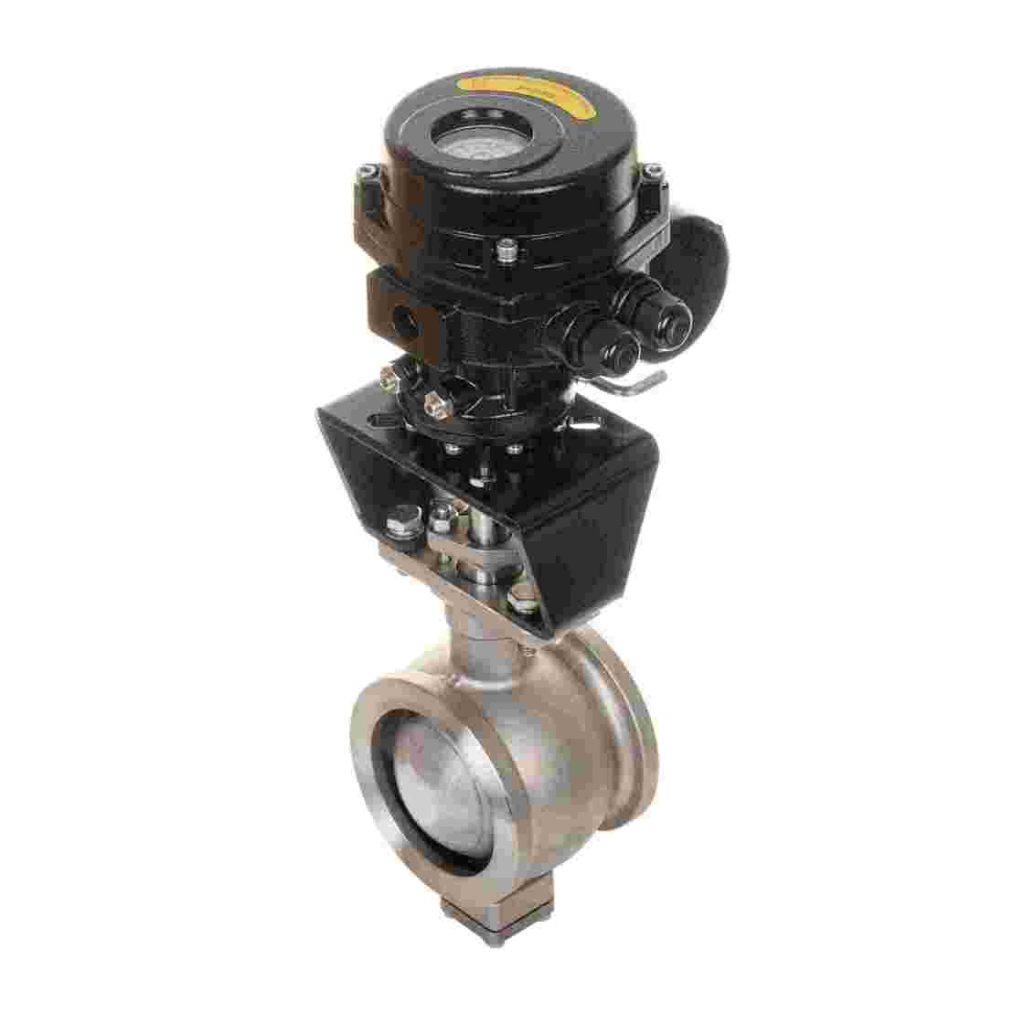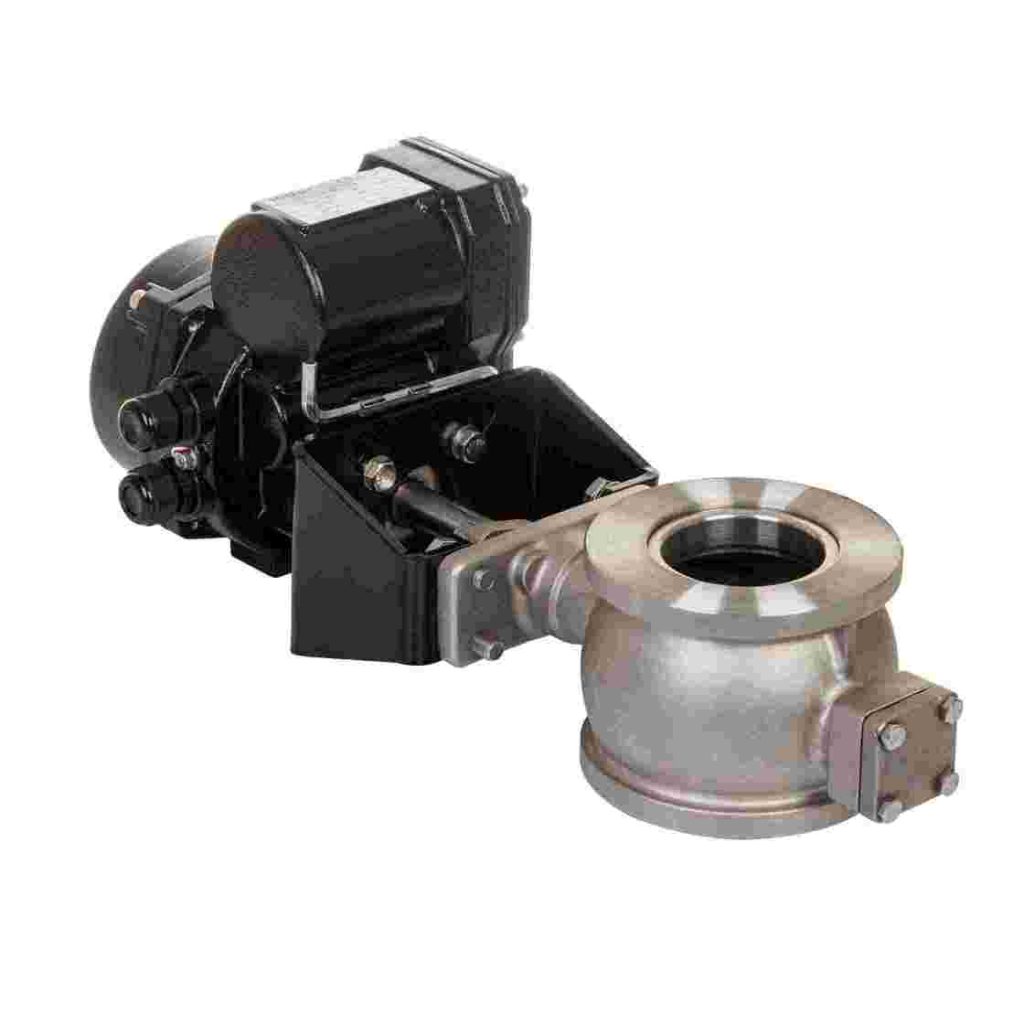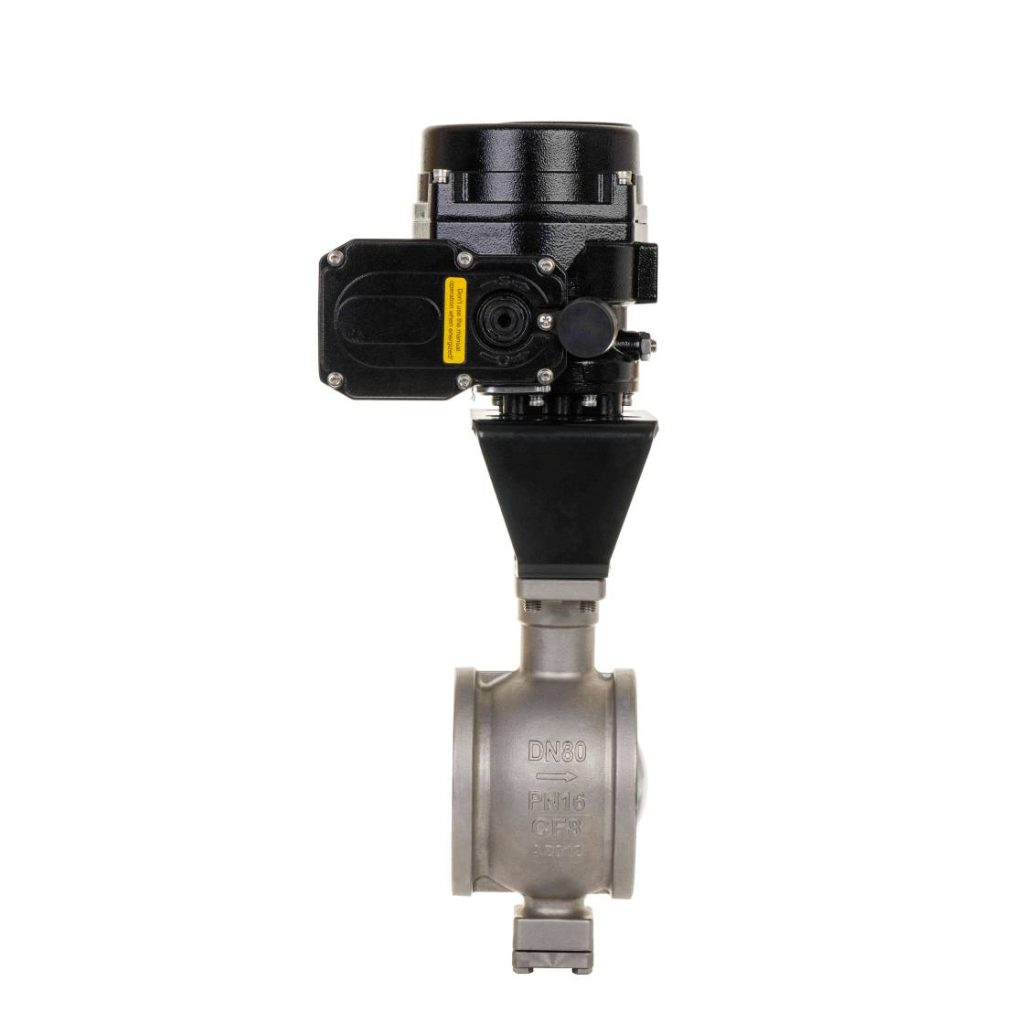In the rapidly evolving landscape of automation and control systems, theIntelligent Integrated Electric Actuator (IIEA)stands out as a groundbreaking innovation. As industries increasingly lean towards automation for efficiency and precision, the demand for advanced actuation solutions has surged. This article explores the fundamentals, applications, and advantages of intelligent integrated electric actuators, highlighting their role in shaping the future of various sectors.
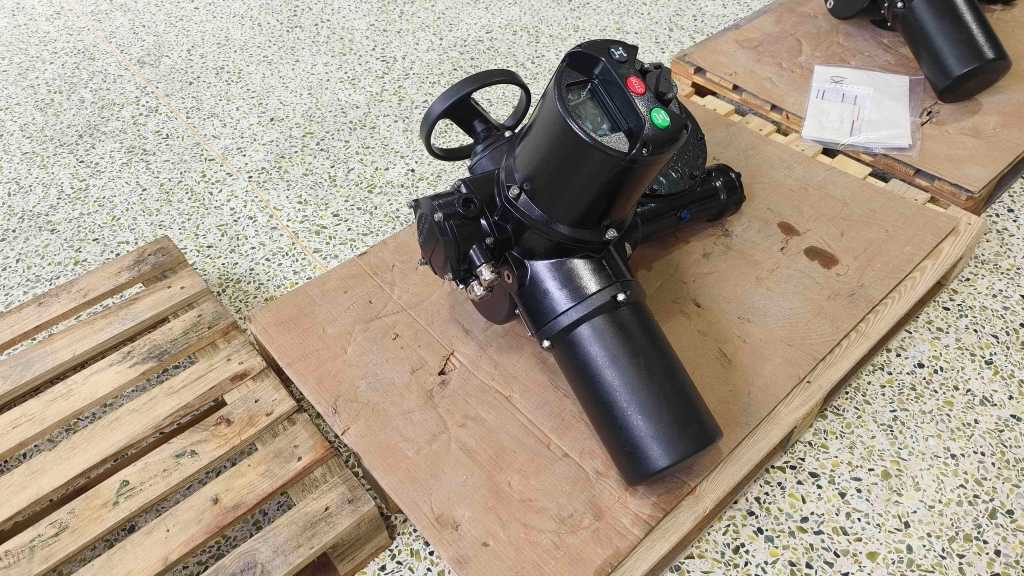
Understanding Intelligent Integrated Electric Actuators
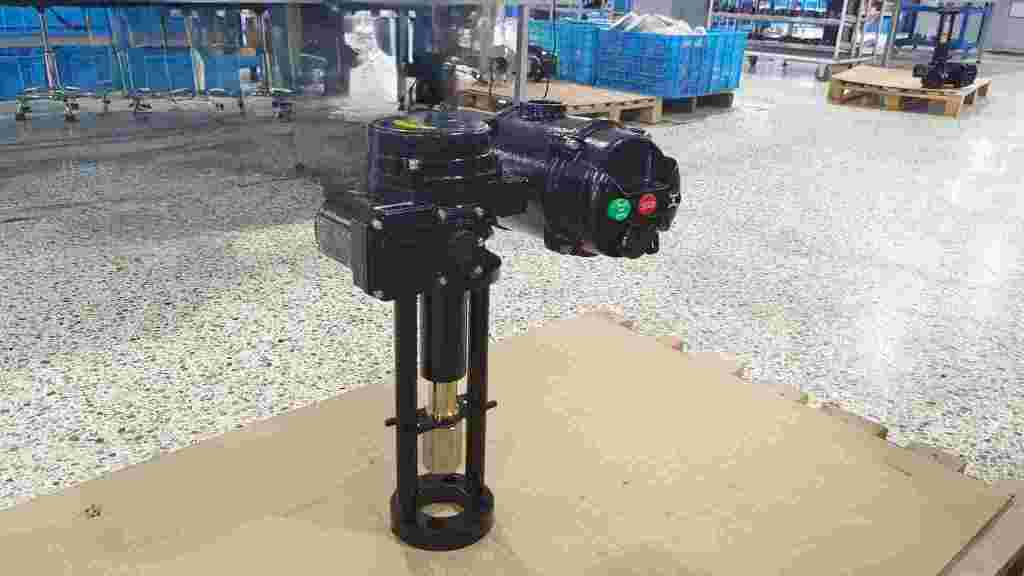
At its core, an intelligent integrated electric actuator combines traditional actuation mechanisms with advanced digital technologies. Unlike conventional actuators that operate purely on mechanical principles, IIEAs incorporate sensors, control systems, and communication interfaces. This integration allows them to perform complex tasks with higher accuracy and responsiveness. Typically, an IIEA consists of several key components: Electric Motor: This is the primary source of power, providing the necessary force to drive the actuator. Control Unit: This component processes input signals and determines the actuator’s movement. It can be programmed or adapted to various operational requirements.

